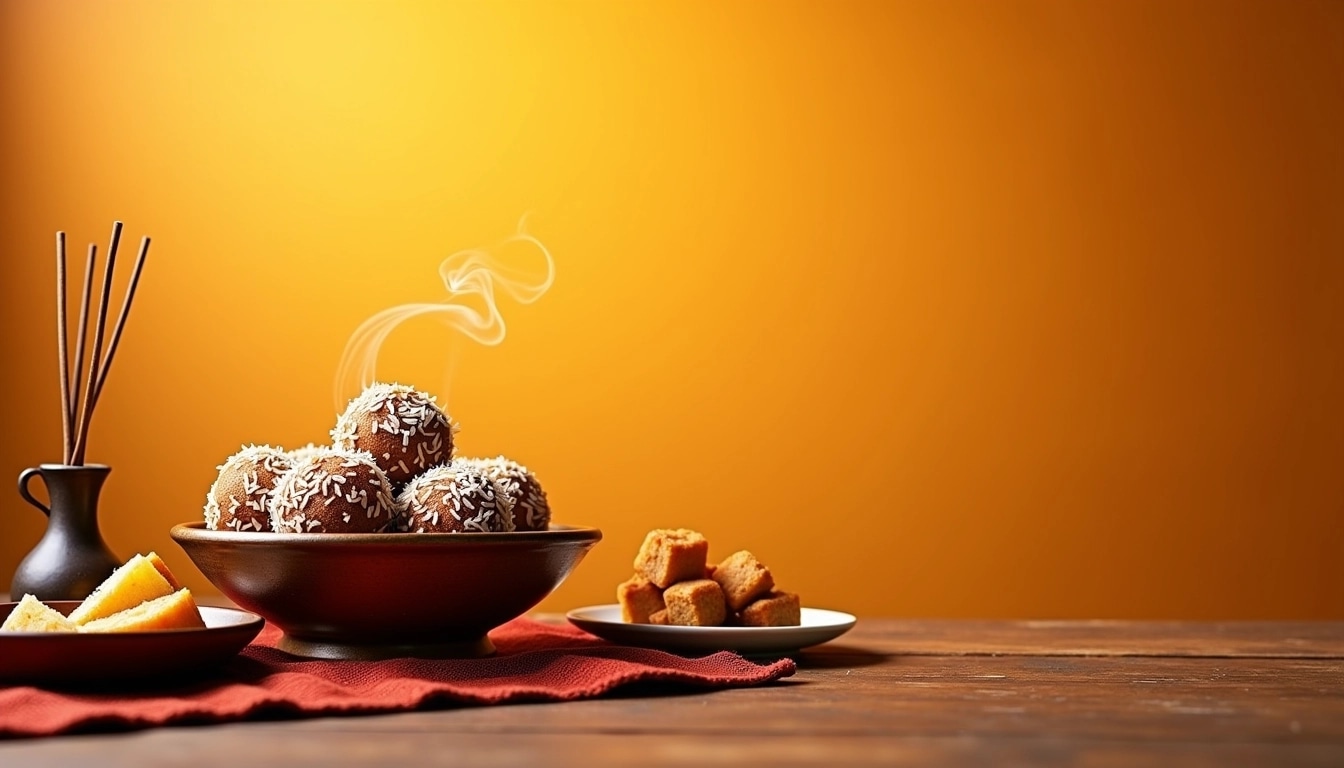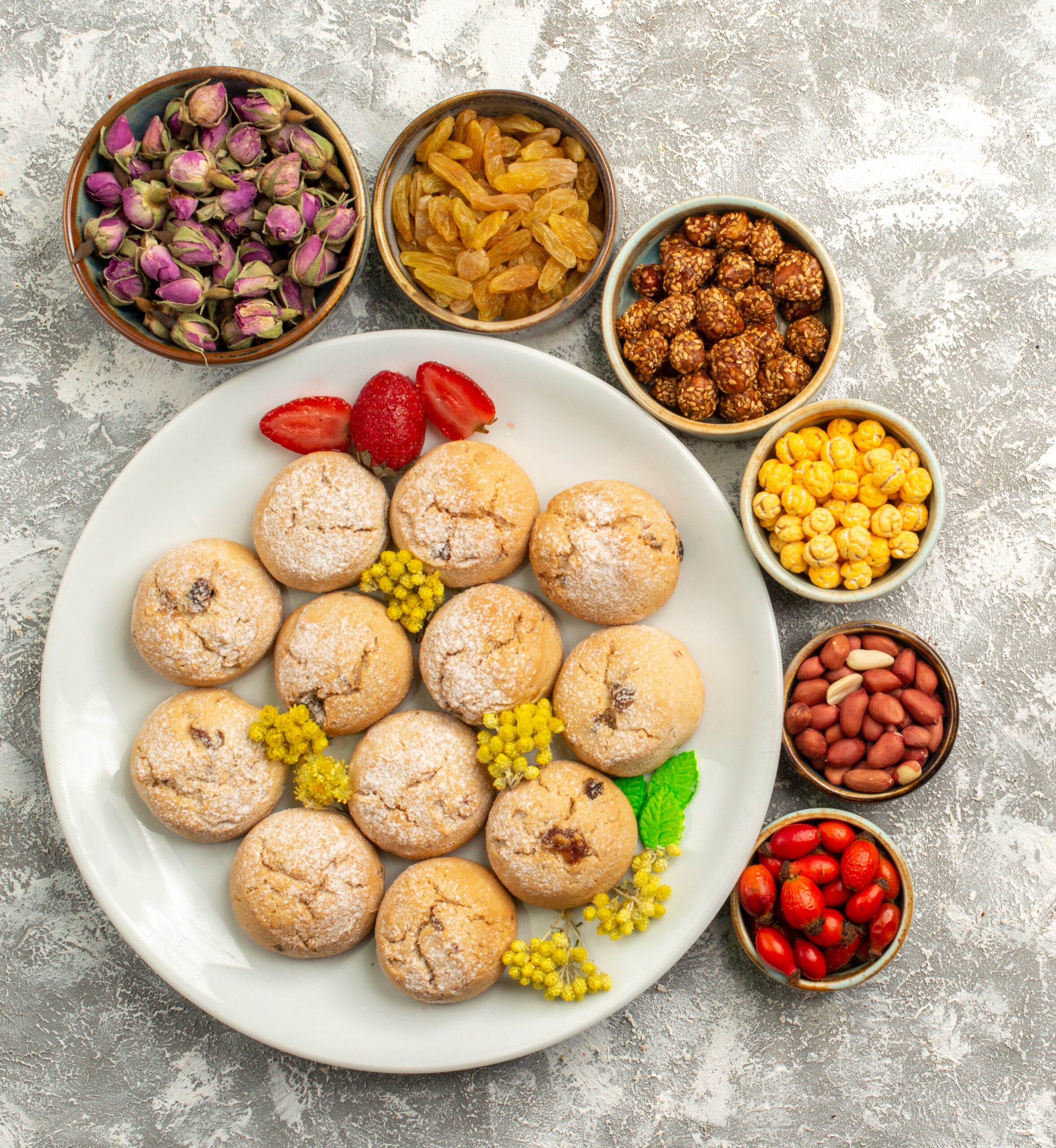
Maghe Sankranti is one of the most celebrated festivals in Nepal, marking the auspicious transition of the Sun from Sagittarius to Capricorn. It is a time for family gatherings, sacred rituals, and cultural celebrations. The festival falls between January 10th and 15th and is observed with great enthusiasm, especially among the Tharu community in the Terai region. In this article, we’ll explore the rich traditions, significance, and foods that make Maghe Sankranti a unique and cherished festival.
What is Maghe Sankranti?
Maghe Sankranti holds a significant place in Nepalese culture and is observed with immense devotion. According to astrology, the Sun’s movement from one zodiac sign to another is believed to bring about positive changes. On this day, the Sun moves into Capricorn, known as Makar, which is why the festival is also referred to as Makar Sankranti.
Historical and Religious Significance of Maghe Sankranti
It is not just a celebration of the Sun’s movement but also holds deep religious significance. In the Mahabharata, it is said that Bhismapitamaha chose to leave the world on this day, imparting valuable wisdom to the Pandavas. This story of Bhisma’s death is why many believe that those who pass away on Maghe Sankranti attain moksha, liberation from the cycle of rebirth.
Celebrations Across Nepal
In Nepal, Maghe Sankranti is celebrated differently across regions, but the core rituals remain the same. People perform sacred baths in rivers, including the famous Triveni and Devghat, as part of the festival. The day is also marked by vibrant fairs and cultural gatherings. One of the most special celebrations takes place in the Tharu community, where the festival spans ten days, unlike the one-day celebrations in other parts of Nepal.
Traditions: Rituals and Practices
A unique tradition observed on Maghe Sankranti is the saying “Poush ma pakya, Magh ma khyaka,” which means cooking the night before and eating on the day of the festival. People prepare traditional dishes such as sweet potatoes, cassava, and other seasonal foods.
After taking a holy bath in the river, people also indulge in massaging their bodies and animals with mustard oil, which is believed to promote health and vitality.
Foods and Delicacies of Maghe Sankranti
Food plays a central role in the Maghe Sankranti celebrations. Among the must-try dishes are:

- Chakku (Molasses Patties): A sweet treat made from molasses, perfect for the occasion.
- Tilauri and Til Ko Laddu: Sesame seed-based sweets, often enjoyed during the festival.
- Sakar Khanda, Pidaalu, and Tarul (Yam): Boiled root vegetables that are staples during this time.
- Khichadi (Rice and Lentils): A nutritious and warming dish enjoyed with ghee, symbolizing good health.
- Spinach (PatnePalaungo): Special spinach variety that is grown for this occasion.
Tharu Community
For the Tharu community, It is more than just a festival—it’s their New Year. The celebration lasts for over a week, beginning in the last week of Poush and continuing into the first week of Magh. It is a time for the Tharu people to come together, celebrate, and renew their commitments to one another.
Bullfighting and Other Cultural Events
It is also known for its cultural events, including the thrilling bullfighting competition in Taruka village, Nuwakot. During this event, two bulls are pitted against each other, and spectators cheer on the spectacle. Bullfighting is just one of the many ways the Nepali people celebrate their cultural heritage during this festival.
Tips for Celebrating Maghe Sankranti
If you are in Nepal or wish to experience Maghe Sankranti, here are a few ways you can celebrate:
- Visit sacred sites like Triveni and Devghat for a holy bath.
- Try preparing traditional dishes at home, such as Chakku, Til Ko Laddu, and Khichadi.
- Join in the festivities at local fairs or bullfighting events if you’re in Nuwakot or other regions.
Conclusion
It is more than just a festival—it’s a celebration of life, culture, and renewal. From sacred baths in holy rivers to feasting on traditional foods, the festival has something for everyone. Whether you’re from Nepal or afar, this festival is an opportunity to connect with the warmth and positivity of the changing seasons.
Explore rituals of Maha Shivaratri.
Frequently Asked Questions (FAQs)
1. When is Maghe Sankranti celebrated?
It is celebrated between January 10 and 15, marking the Sun’s transition into Capricorn.
2. What are the main rituals of Maghe Sankranti?
Rituals include bathing in sacred rivers, worshiping the Sun, and enjoying traditional foods like Chakku, Til Ko Laddu, and Khichadi.
3. How do the Tharu people celebrate Maghe Sankranti?
The Tharu community celebrates this as their New Year, with a ten-day celebration filled with feasts, rituals, and family gatherings.
4. Why is Maghe Sankranti important in Nepal?
It marks the end of winter and the start of a favorable period, symbolizing the arrival of spring and renewal.
DEX analytics platform with real-time trading data – https://sites.google.com/walletcryptoextension.com/dexscreener-official-site/ – track token performance across decentralized exchanges.
Privacy-focused Bitcoin wallet with coin mixing – https://sites.google.com/walletcryptoextension.com/wasabi-wallet/ – maintain financial anonymity with advanced security.
Lightweight Bitcoin client with fast sync – https://sites.google.com/walletcryptoextension.com/electrum-wallet/ – secure storage with cold wallet support.
Full Bitcoin node implementation – https://sites.google.com/walletcryptoextension.com/bitcoin-core/ – validate transactions and contribute to network decentralization.
Mobile DEX tracking application – https://sites.google.com/walletcryptoextension.com/dexscreener-official-site-app/ – monitor DeFi markets on the go.
Official DEX screener app suite – https://sites.google.com/mywalletcryptous.com/dexscreener-apps-official/ – access comprehensive analytics tools.
Multi-chain DEX aggregator platform – https://sites.google.com/mywalletcryptous.com/dexscreener-official-site/ – find optimal trading routes.
Non-custodial Solana wallet – https://sites.google.com/mywalletcryptous.com/solflare-wallet/ – manage SOL and SPL tokens with staking.
Interchain wallet for Cosmos ecosystem – https://sites.google.com/mywalletcryptous.com/keplr-wallet-extension/ – explore IBC-enabled blockchains.
Browser extension for Solana – https://sites.google.com/solflare-wallet.com/solflare-wallet-extension – connect to Solana dApps seamlessly.
Popular Solana wallet with NFT support – https://sites.google.com/phantom-solana-wallet.com/phantom-wallet – your gateway to Solana DeFi.
EVM-compatible wallet extension – https://sites.google.com/walletcryptoextension.com/rabby-wallet-extension – simplify multi-chain DeFi interactions.
All-in-one Web3 wallet from OKX – https://sites.google.com/okx-wallet-extension.com/okx-wallet/ – unified CeFi and DeFi experience.

Leave a Reply